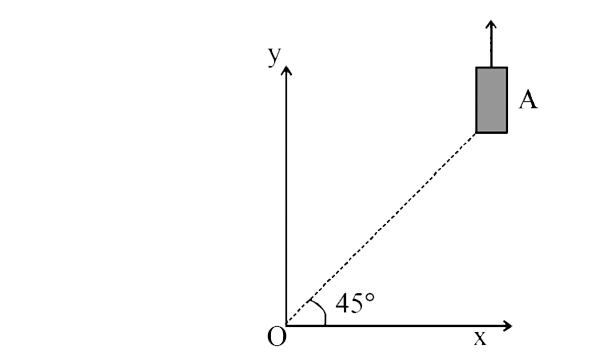∫sinx+cosx√1+sin2xdx.
To solve the integral ∫sinx+cosx√1+sin2xdx, we can follow these steps:
Step 1: Simplify the Denominator
We know that sin2x=2sinxcosx. Therefore, we can rewrite the expression in the denominator:
1+sin2x=1+2sinxcosx
Using the Pythagorean identity sin2x+cos2x=1, we can express 1 as sin2x+cos2x:
1+sin2x=sin2x+cos2x+2sinxcosx=(sinx+cosx)2
Step 2: Rewrite the Integral
Now, substituting this back into the integral, we have:
∫sinx+cosx√(sinx+cosx)2dx
Since √(sinx+cosx)2=|sinx+cosx|, we can write:
∫sinx+cosx|sinx+cosx|dx
Step 3: Consider the Absolute Value
Assuming sinx+cosx is positive in the interval we are considering (which we can do for simplicity), we can drop the absolute value:
∫1dx
Step 4: Integrate
The integral of 1 with respect to x is simply:
x+C
where C is the constant of integration.
Final Answer
Thus, the final result of the integral is:
∫sinx+cosx√1+sin2xdx=x+C
---
We know that sin2x=2sinxcosx. Therefore, we can rewrite the expression in the denominator:
Now, substituting this back into the integral, we have:
Assuming sinx+cosx is positive in the interval we are considering (which we can do for simplicity), we can drop the absolute value:
The integral of 1 with respect to x is simply:
Thus, the final result of the integral is:
Topper's Solved these Questions
Similar Questions
∫(sinx+cosx√sin2xdx
View SolutionEvaluate: ∫sinx−cosx√sin2xdx
View SolutionThe value of ∫sinx−cosx√sin2xdx is equal to
View SolutionThe value of I=∫π20(sinx+cosx)2√1+sin2xdx is (A) 2 (B) 1 (C) 0 (D) 3
View SolutionEvaluate the definite integrals∫π3π6sinx+cosx√sin2xdx
View SolutionOn a frictionless horizontal surface , assumed to be the x−y plane , a small trolley A is moving along a straight line parallel to the y−axis ( see figure) with a constant velocity of (√3−1)m/s . At a particular instant , when the line OA makes an angle of 45(∘) with the x− axis , a ball is thrown along the surface from the origin O. Its velocity makes an angle ϕ with the x− axis and it hits the trolley .
(a) The motion of the ball is observed from the frame of the trolley . Calculate the angle θ made by the velocity vector of the ball with the x−axis in this frame .
(b) Find the speed of the ball with respect to the surface , if ϕ=(4θ)/(3).

View Solution∫sinx−cosx√1−sin2xesinxcosxdx is equal to
View Solution∫π20cosx√1+sinxdx
View SolutionEvaluate ∫(sinx+cosx)dx√3+sin2x.
View SolutionEvaluate : ∫sinx−cosx3+2sin2xdx.
View Solution